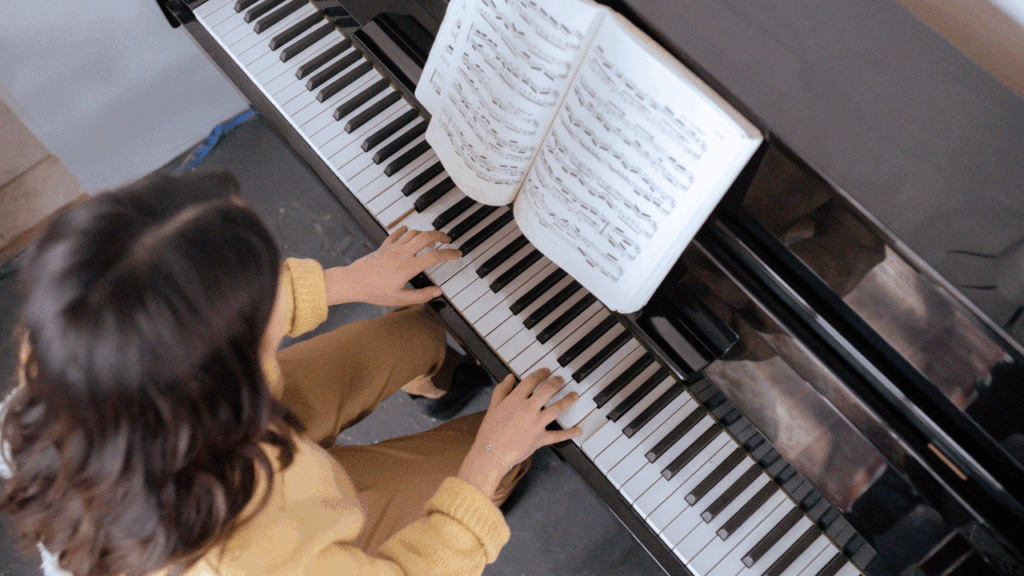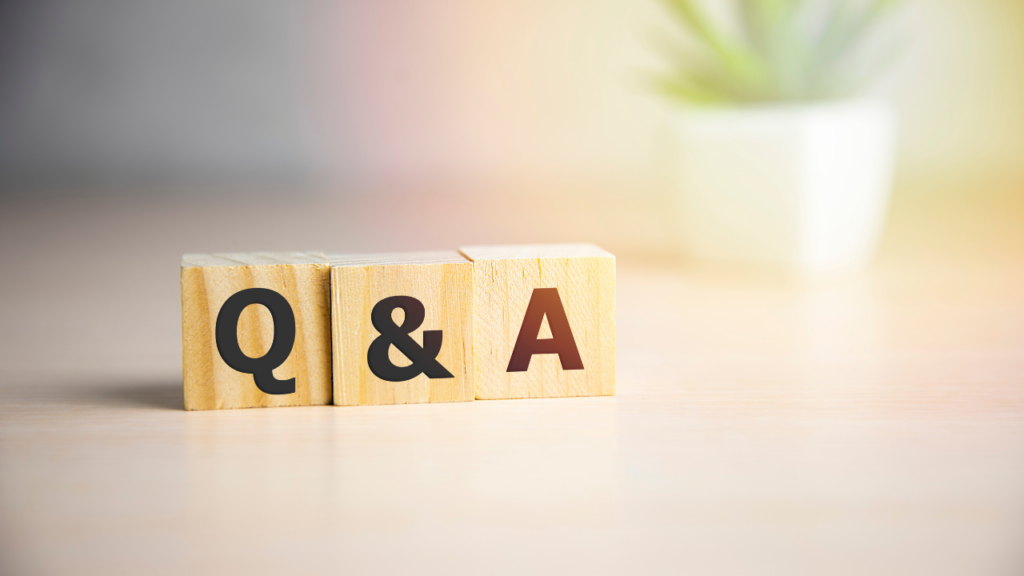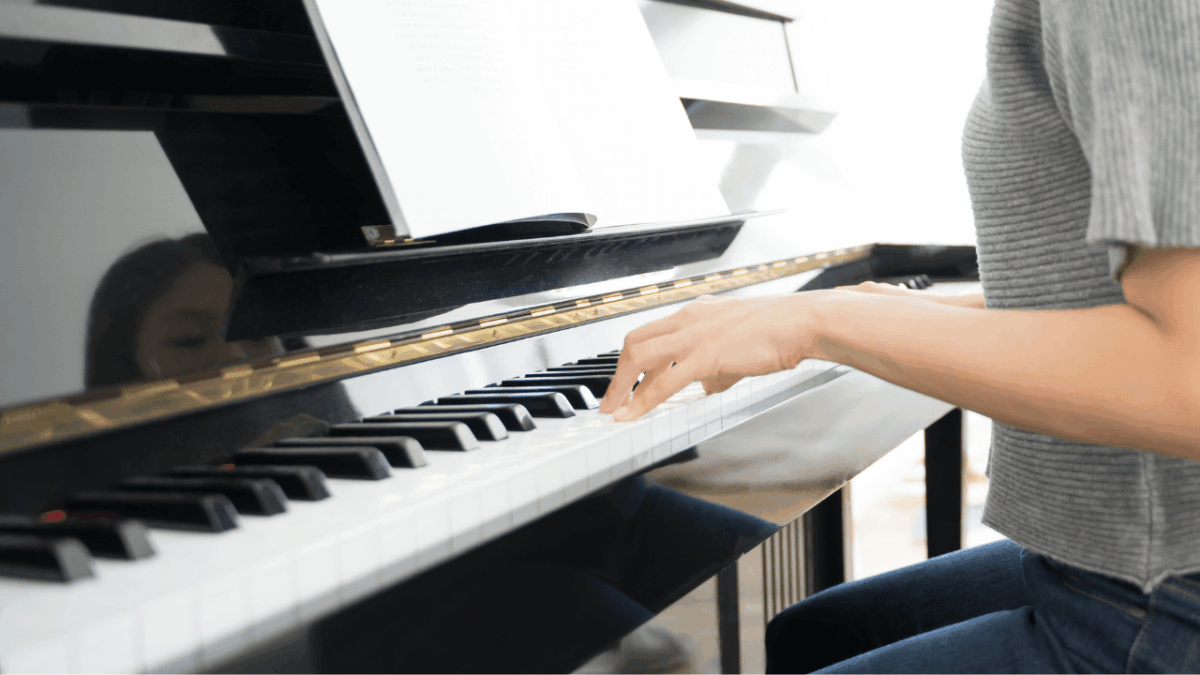Piano fundamentals practice includes not only scales and Hanon, but also correct posture, relaxation, sense of rhythm, and ear training.
The stronger your foundation, the faster you’ll improve—and the more transferable your skills are to both classical and pop styles.
In this article, we explain everything from concrete piano fundamentals practice menus to answers for common questions.
What Are Piano Fundamentals?

The main goals of piano fundamentals practice are to develop even, independent fingers and to keep time accurately.
It’s also important to cultivate the ability to hear subtle differences in sound.
- Technique: scales, arpeggios, Hanon, Czerny, etc.
- Rhythm: metronome work, practicing pieces
Start by Moving All Five Fingers Accurately
As part of your fundamentals, you need to move your fingers correctly.
Beginners should start with this sheet to build a five-finger exercise.
We also provide a variety of practice pieces to build your foundation—please download the scores from the page below.
How to Start Playing Piano for Beginners! (Includes Easy Practice Pieces)
The Standard Fundamentals Book: “Hanon”
When it comes to fundamentals books, the most famous is Hanon.
Hanon lets you repeatedly practice finger motions.
Hanon is recommended, but its monotony makes it easy to quit—so build a habit of practicing a favorite piece after your Hanon work.
“Burgmüller”: Fun Pieces That Build Fundamentals
Piano Score for “Arabesque” (Burgmüller)
The Burgmüller books teach piano techniques within musical pieces, which is why they’re widely used in piano schools.
If you want to enjoy learning while building fundamentals, try practicing with Burgmüller.
Three Reasons Fundamentals Practice Is Necessary

1. You learn to move your fingers correctly
Piano demands finger motions you don’t use in daily life.
2. Performance consistency improves
Even at fast tempos, your fingers move without hesitation, so you’re less likely to fall apart on stage.
3. Injury prevention & long-term growth
By checking correct form and relaxation daily, you lower the risk of tendinitis and can keep playing for years.

Recommended Fundamentals Practice Plans

30-Minute Plan (For Busy Working Adults)
- Warm-up (5 min)
- One scale + arpeggios (10 min)
- Target only the problem spots in your piece (15 min)
90-Minute Plan (For Students & Returnees)
- 5 min warm-up → 15 min Hanon/Czerny → 20 min all-key scales
- 20 min sight-singing & ear training → 30 min repertoire
120-Minute Plan (Music College Applicants / Aspiring Pros)
- 10 min stretching + relaxation
- 30 min fast Hanon + rhythm variations
- 30 min all 24 keys of scales
- 20 min ear training → 30 min set piece
FAQ

Q. I get bored doing only Hanon every day…
A. Choose pieces you love that match your level to keep practice fresh. This site also shares free sheet music—take a look.
Q. Which should I prioritize: hands-separate or hands-together?
A. For a new piece, the standard sequence is right/left hand → the other hand → both hands slowly. Check each hand’s shape first, then combine to save time.
Q. Are fundamentals effective on a digital piano?
A. Definitely. Choose a “hammer-action” keyboard with weight and touch/response close to an acoustic to better develop finger control and relaxation.
Let’s Build Your Piano Fundamentals!

Piano fundamentals aren’t just scales and Hanon—they’re a comprehensive training of posture, relaxation, rhythm, and ear.
Even short daily sessions with a purpose-driven practice menu will give you consistent performance and richer expression.
Begin with the five warm-ups introduced today and the 30-minute plan. As you get used to them, add metronome practice and new challenges like intermediate pieces.
